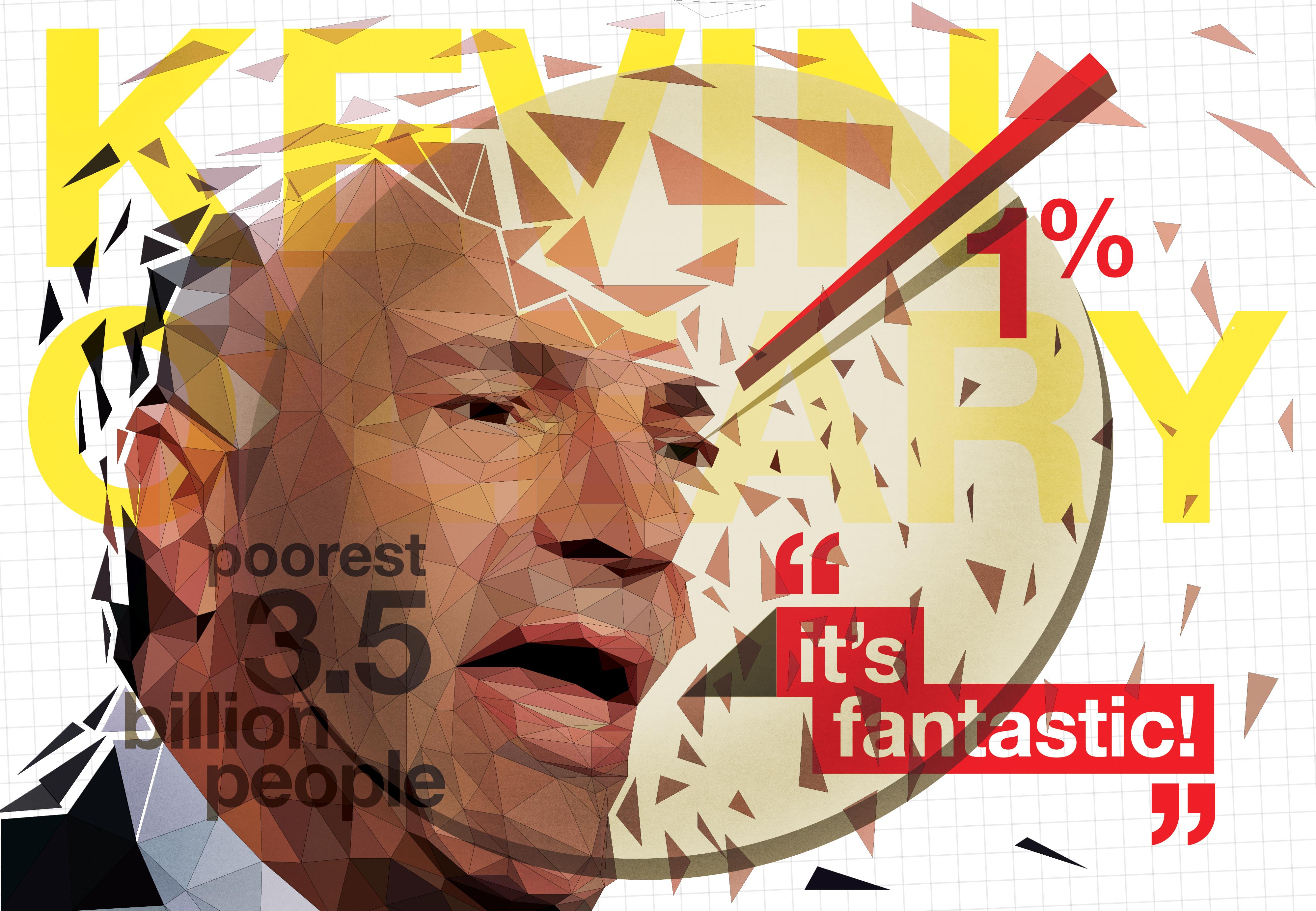W hat do you get when a country of over 30 million people get their news from a handful of corporate news providers?
The short answer is media concentration, where popular opinion and easy access to information is controlled by a small group of corporate bodies whose main objective is financial profit. Another thing you get is very little public discussion of media concentration, and what that entails for Joe and Jane Citizen.
Critics of media concentration argue that concentration is bad for both the markets and society. Less competition leads to stagnation and loss of quality reporting. When decisions are made from the top down, diversity of opinion and perspective are sacrificed. Proponents allege that concentration cuts costs and streamlines production.
If a diversity of voices and opinions are falling at the alter of economic efficiency, how can Canadians access media that speaks in those voices, that explores those opinions that run counter to the mainstream? Luckily, many sources exist online for anyone who wishes to subscribe to an RSS feed, or bookmark an alternative news source or two.
Canada is one of the most media concentrated Western states. In Vancouver, both major daily newspapers, the Vancouver Province and Sun, are both owned by Postmedia Network, Canada’s largest publisher of English press.
Being Canada’s most media concentrated city, it seems natural that Vancouver has produced one of Canada’s best independent media outlets, theTyee.ca. The Tyee brands itself as “B.C.’s home for news, culture and solutions,” publishing well-written news, commentary and arts pieces addressing just those goals, with a focus on British Columbia. They also regularly publish The Hook, a news blog that covers everything from Aboriginal affairs to food and farming, environmental issues to health and housing. For their efforts, The Tyee has received numerous national and international journalism awards and accolades.
Manitoba, unfortunately, does not have an equivalent source for news or analysis. However, in Winnipeg, the Sun is owned by Quebecor, Canada’s largest newspaper publisher, while the Free Press remains one of few somewhat independent newspapers out there. However, for readers looking for outside sources of news, upstart news blog ChrisD.ca often publishes breaking local news before the big-timers.
Winnipeg is also home to activist publications such as HERizons, a quarterly feminist publication, Geez, Canada’s top Christian-activist magazine and Canadian Dimension, a long-running bi-monthly for lefties of all sorts. While these publications target niche markets — preaching to the choir, you might say — they are nonetheless respected platforms where ideas outside of the mainstream can be discussed and explored.
On the national front, both the Dominion, “news from the grassroots,” and rabble.ca, “news for the rest of us,” hold their own against the corporate media Goliaths, providing readers with in-depth, thoughtful reporting and analysis of national and international issues that are often relegated to the margins of major newspapers, if addressed at all.
Most small communities, from rural municipalities to unique neighbourhoods within a larger urban centre, print their own weekly newspapers. While large conglomerates may own some of these, many remain independent voices that strive to serve their communities. Campuses across the country do the same; you are reading one right now! Often ignored, campus media are (often) independent voices that exist only to serve their communities’ needs, and as such are on the forefront — intentionally or not — of the battle against media concentration.



